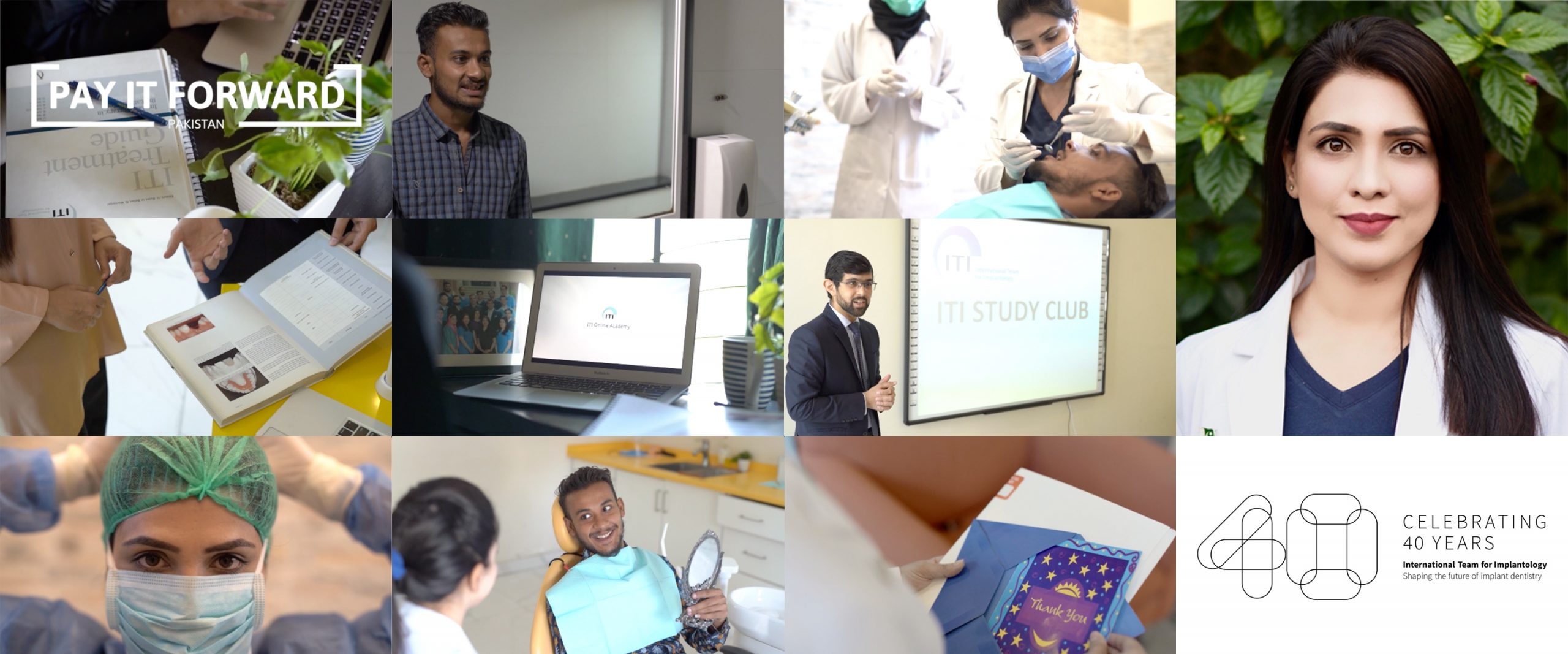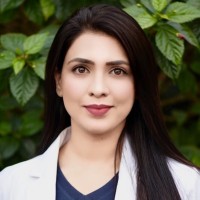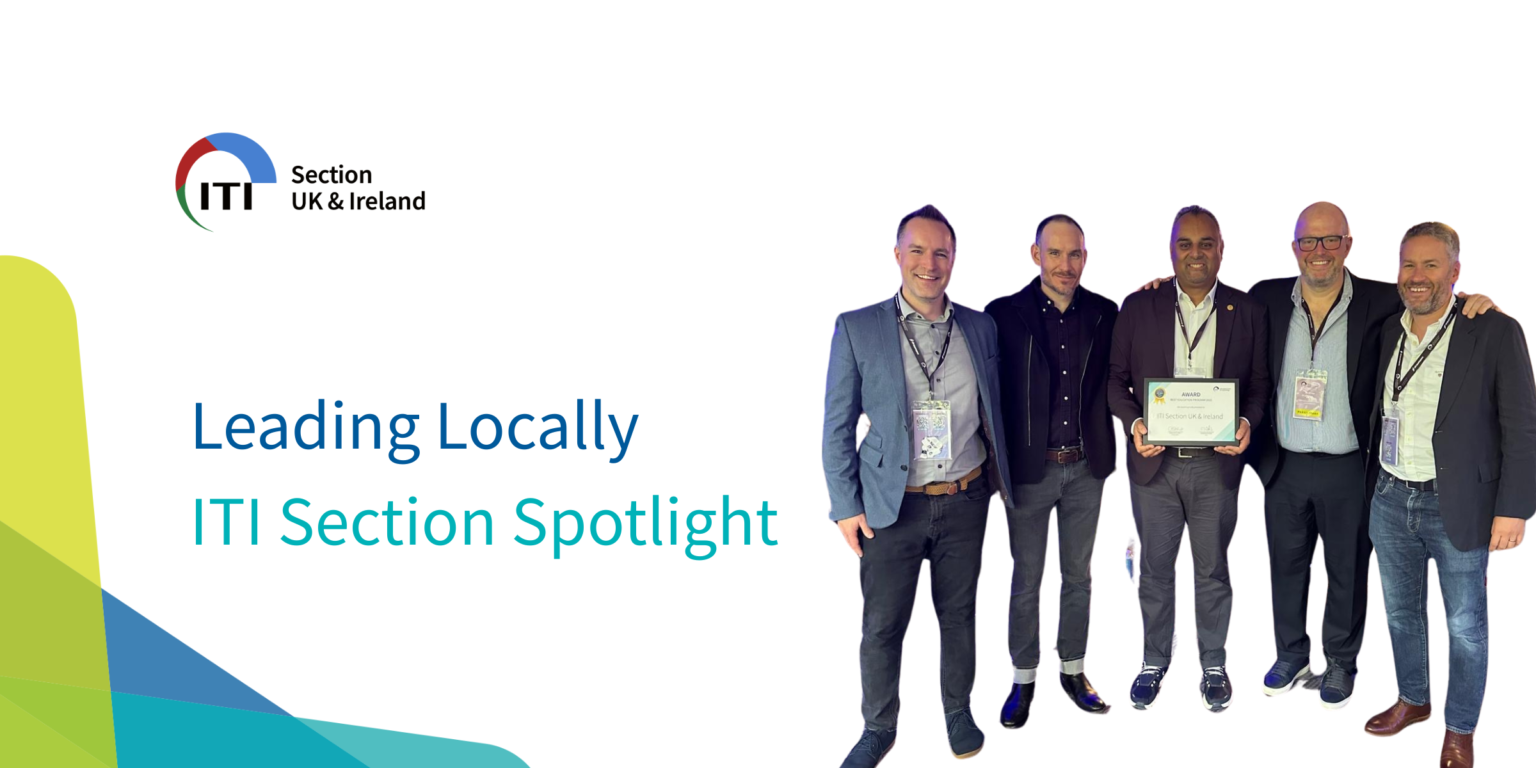One of the best parts of our 40 years ITI celebration activities was the video competition that took place in October. We received some great video contributions from all over the world and the jury had the difficult task of selecting a winning video. The first prize – a 10-year ITI membership – went to Myra Ahmed from Pakistan. She won over the jury with a creative, captivating and emotional storyline as well as top-notch filming, direction and production. We talked to Myra Ahmed about her career, her relationship to the ITI and creating her winning video.
Can you give us a quick summary of your professional background?
I graduated with honors in BDS from the University of Health Sciences, Pakistan, in 2012. I was awarded the Scholarship for academic excellence from FMH College of Medicine and Dentistry, Lahore. I began my career as an Associate Dentist at Dental Professionals after completing my house job (clinical internship). The first formal fellowship training-program in periodontics in Pakistan started in 2013. After going through a rigorous selection process, I was selected as a trainee in 2015 under the mentorship of Prof. Khurrum Ata Ullah. The four years of residency were very fulfilling in terms of didactic education and clinical training. I cleared my final exam in December 2019 from the College of Physician and Surgeons, Pakistan. I was awarded a Fellowship in Periodontology and Implantology (FCPS), which is the highest clinical specialist qualification in Pakistan. Currently, my practice is limited to periodontics and implant dentistry. Since January this year, I have been an Assistant Professor at the Department of Periodontics, University College of Medicine and Dentistry, University of Lahore.
Can you tell us how you developed the concept and story of your video “Pay it forward”?
The concept behind “Pay it forward” is gratitude, that you reward someone’s help towards you by helping someone else. It is gratitude that enables us to receive, and it is gratitude that motivates us to return the goodness we have been given. Gratitude implies humility—a recognition that we could not be who we are or where we are in life without the contributions from others. The ITI as a source of guidance for us, the practitioners, towards our pursuit of excellence in implant dentistry has surpassed my expectations of caliber and authenticity. It was possible due to incredible leadership, perseverance and hard work of the founding members and the Fellows of the ITI over the years. I felt that as a token of appreciation from my end, I could only thank the ITI for these incredible 40 years by paying it forward, by making a difference in the lives of my patients. This video depicts my gratitude towards the ITI and that of my colleagues, recognizing its efforts towards playing an essential role by modelling evidence-based practice in implant dentistry that enable us to maintain high standards of patient care and delivery.
Your video is very professionally made. How did you handle filming and production?
I am a firm believer in teamwork. Together everyone achieves more. This video was my first experience of professional filming and production. My colleague Dr. Haseeb suggested I should depict how we impact a patient’s life. We initially had a different storyline, but almost none of my female patients consented to be on-screen, and we had nearly given up on this idea. The first week of October was a turnaround. I am incredibly grateful to Ahsan Altaf, my patient, for consenting to go on-screen after which we modified our storyline and were finally able to start shooting. Having the story and audio playback in my mind, I needed someone with professional gadgets to turn it into reality. My student (from the dental hygiene program) Shayan “the minimalist” was a savior who covered the videography part. I wrote the screenplay to have everyone on the same page and provided the direction. We shot it all in 2 to 4 hours. This was followed by the post-production stage, where editing of the visual and audio materials begins. I am grateful to M. Azmat, who introduced me to a professional video editing software program and guided me in its use. Editing took two weeks because of my schedule before we finally got everything in sync and ready to be posted.
You come from Pakistan. Can you tell us a little about implant dentistry in your country?
Pakistan, with its 220 million population, has an excellent existing implant market with even more significant potential to tap. Implant dentistry is taught in the undergraduate and postgraduate curriculum primarily by periodontists, prosthodontists and oral surgeons. However, there is a lack of opportunities for formal implant dentistry training and an ever-increasing number of enthusiastic dentists keen to learn. On the brighter side, younger specialists now have a better understanding of updates and technological advancements in implant dentistry. Private courses in implant dentistry sell fast, which reflects the interest in this field of specialists and general dentists. Dental implantology practice has evolved rapidly in Pakistan over the past five years, specifically in terms of knowledge regarding digital workflows, intraoral scanning and the incorporation of CADCAM technology. However, there is still a need to create opportunities for digitalization in implant dentistry.
When and how did you hear about the ITI?
The first time the ITI was mentioned to me was by my supervisor Prof. Khurrum Ata Ullah and Dr. Zubair Ahmed during a case discussion seminar. I was introduced to the ITI Treatment Guides, with their consolidated knowledge and evidence, which proved to be extremely helpful in planning and executing cases during my residency. While attending Europerio 9, we had a brief meeting with Prof. Lang where he mentioned the time when Prof. Khurrum Ata Ullah was selected for the ITI Scholarship Program under his supervision but couldn’t attend due to the sudden deterioration of his parents’ health. And finally, during his visit to Pakistan as a speaker at the 5th Annual Conference of Pakistan Association of Dental Research (PADR) in 2018, ITI Fellow Prof. Shakeel Shahdad started his lecture by introducing us to the ITI research and Scholarship program, motivating us all to apply for it.
Tell us a little about your relationship with the ITI.
I was able to explore the ITI in greater depth thanks to the pandemic-related free access to all e-learning content and ITI Study Club webinars. The impactful role of the ITI in providing the platform for comprehensive learning, quality education and fostering cutting-edge research to promote new scientific findings in implant dentistry and related fields for dental professionals globally truly captivated me. This led me to apply for the ITI Scholarship program this year. I am hopeful that I might get lucky, although I do understand how fierce the competition for this Scholarship program is. If I am given this opportunity, I believe it will be a turning point in my professional career as a clinical academic in the field of periodontology and implant dentistry.
You have won a 10-year ITI membership. Do you have plans for how to get the most out of it?
I feel incredibly grateful and honored to have won a 10-year ITI membership. On a personal note, I intend to keep abreast of all the resource material through the ITI Academy, the Treatment Guides, Study Clubs, discussion forums, journals and ITI conferences. On a professional and national level, I want to promote the ITI philosophy in Pakistan to my colleagues. In the process, I intend to increase the number of ITI Members and, in the longer term, Fellows, starting with the revival of ITI Study Clubs in my country as the first objective. The ITI is the leading global organization in implant dentistry not only in terms of scientific standing but also because it introduced innovative methods to disseminate knowledge, providing mentorship and expertise from world-leading clinicians and researchers in implant dentistry, which I believe is the most significant benefit the ITI offers to practicing clinicians.






